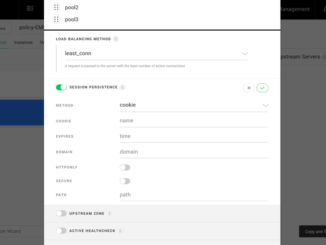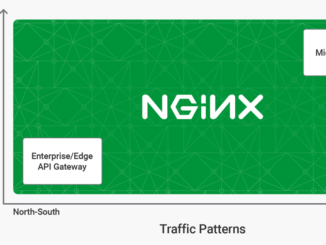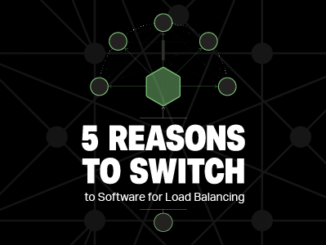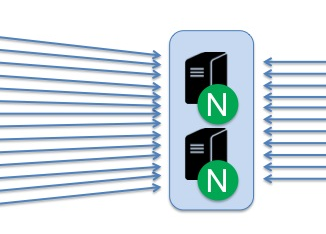
Enterprise Configuration Management at Scale with NGINX Controller 2.0
Enterprise Configuration Management at Scale with NGINX Controller 2.0 Last week we announced NGINX Controller 2.0. NGINX Controller has a modular architecture. In addition to the brand‑new API Management Module, we have also made significant improvements to the original Load Balancing Module and to the underlying platform. This blog post outlines those new capabilities. Configuration-Centric Management We have added a completely new way to approach configuration management, a configuration‑centric approach that saves time, helps you scale, and ensures consistency across your NGINX Plus environment. You can now set policy, decide which NGINX Plus load‑balancing instances to apply it to, and then apply that policy across that set of instances with the push of a button. As an example, here is a screenshot of a user who has decided that the Least Connections load‑balancing algorithm is best for his application and also wants to [ more… ]




